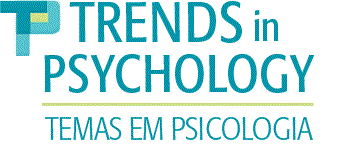Abstract
Utilizing the structural approach of the Social Representations Theory, which allows an order and understanding of the reality lived by individuals/groups, this study intends to identify the central nucleus and peripheral systems of the Social Representations of Vitiligo, as well as the representational structure of the self-image that people with the affection possess. For this, 370 Brazilians with Vitiligo from all regions of Brazil, aged from 18 to 67 (M=35.71, SD=12.11) and predominantly female (80.7%), were enrolled in a study through the online completion of a social-demographic questionnaire and the Free Word Association Technique (FWAT). In the FWAT, participants’ responses were stimulated using the inductors “Vitiligo” and “Myself”, the latter being related to the self-perception that the person with the disease experiences. The data were analyzed using prototypical lexicographic analysis, performed by the Evocation 2000 software. The results indicated, from the prominence of psychosocial evocations in the representational structure of Vitiligo and the participants’ self-image, that Vitiligo’s effects are not restricted to the skin, but overlap and negatively affect the social experience and self-concept of people with the disease.
Keywords:
Social representations; vitiligo; self-image; representational structure


